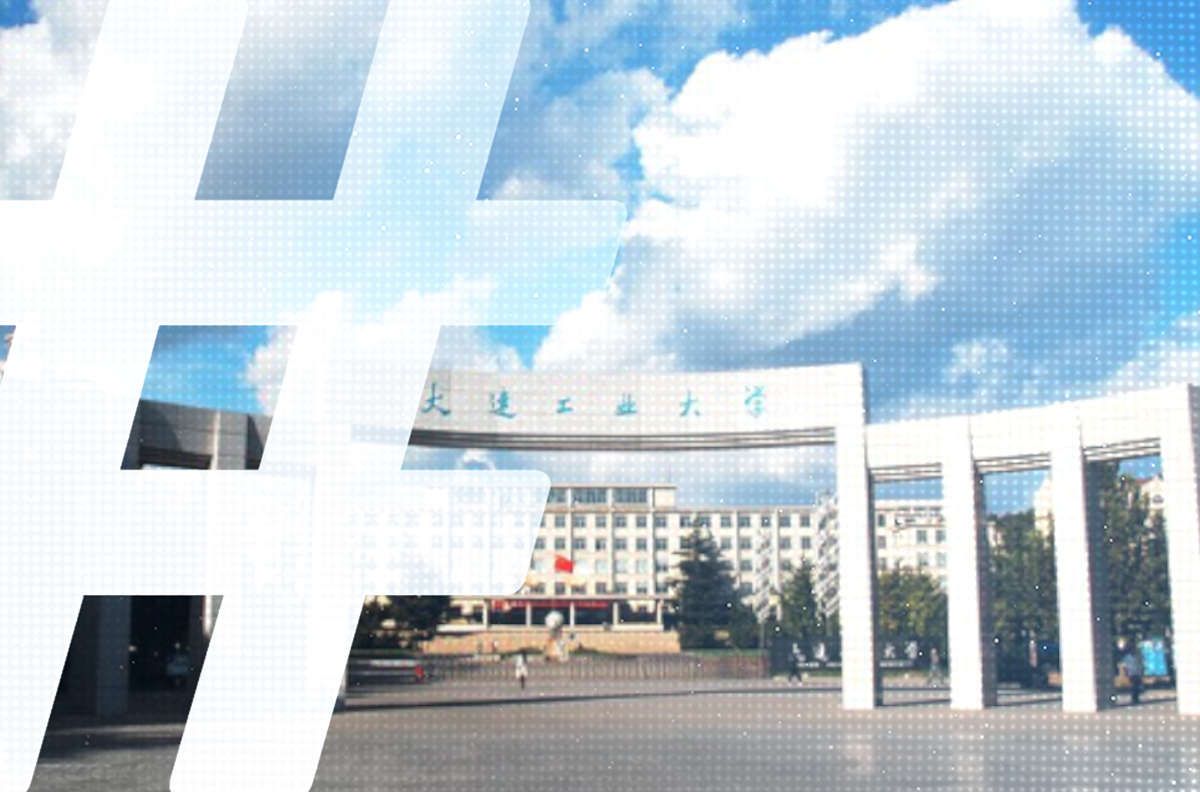The July 28 explosion in Nanjing rocked the city, injuring at least a hundred people and destroying streets and buildings. The explosion was of an intensity and dimension rarely seen. After a meeting of the city’s top party leadership, which had been interrupted by the explosion, was recalled to session, local leaders demanded that lessons be drawn from this painful and bloody experience, that it serve as an impetus to create a safe and civilized city to the satisfaction of its citizens.
In line with this directive, the city government in Nanjing announced plans for a disaster memorial (or museum) for the July 28 tragedy, incorporating ruins and fragments left behind by the explosion, including burned out buses and destroyed pipes. Local media in Nanjing, citing statements from experts, have said that the purpose of the memorial will be to draw lessons from the tragedy and to honor life, and at the same time to serve as a special cultural marker.
The rapid progress toward planning of a 7.28 memorial has drawn a great deal of public attention. The situation naturally calls to mind for people how local governments are often in the habit of inventing catchphrases and breaking construction ground to deal with public opinion flash points.
Building this or that memorial or “cultural marker” has become a habit with local leaders in China, to the point where people are left somewhat disgusted that such things are being done in the name of bitter tragedies. Opinion online suggests most people believe there is no need whatsoever for these memorials.
If memorials can be constructed in a frugal and serious manner, to stand as testament to such tragedies, that’s something I can approve of. But these memorials must be done with sincerity, and more importantly must be done in an attitude of reflection and regard. And such reflection and regard seems woefully absent from these recent preparations for a memorial to the July 28 explosion in Nanjing.
I’ve noticed that when local media report on this news, they still resort to such words of praise as, “transforming a bad thing into a good thing” — and of course, Nanjing’s leaders are giving this top priority, the government doing everything in its power, repairs going forward night and day, the injured recovering. The reports even go into such concrete details as how officials’ “eyes are brimming with hot tears.”
But there seems to be no reporting whatsoever about the basic situations facing the injured and their family members. Instead, we get tricky language like: “Of the 14 people seriously injured, 5 have improved for the better, and the number of seriously injured has been reduced to just 9 people.”
Nothing at all is said about the number of those killed, which remains in question. Apparently, those who cannot be transformed into stories of achievement and success can be erased entirely.
Permitting the media to go deeply into the facts of the story, and seek out its causes — this must for the foundation of our memory and of reflecting back. Unless this can be done, there is no need at all to build a memorial, and efforts at commemoration will have exactly the opposite effect.
On the day the disaster occurred in Nanjing, local leaders left behind there own official words for our memories — “No direct broadcasting.”
The next day, if you go back and analyze media coverage, you find that aside from Modern Express, published by Xinhua News Agency’s Jiangsu bureau, which included coverage of the tragedy, other papers were all still reporting on the “grand gathering [of party leaders]”, the [upcoming] Mid-Autumn Festival and National Day holidays, and the success of a local award ceremony. The most eye-catching photographs in the news that day were of the air crash in Pakistan, or of normal, everyday Nanjing streets . . .
What’s more, after the local government officially circulated the number of dead, the media cast doubt on these figures in quite a detailed manner, and yet to this day there has been no response by the Nanjing government.
The staggering statement from Nanjing officials preventing “direct broadcasting,” the toning down of local media coverage, and the lingering doubts about the number of people who died — will these be incorporated in plans for the 7.28 memorial? If they cannot be, then what will this memorial stand for?
We can actually glean an inkling from the name of the memorial (or museum) bandied about by officials. Plans are to call it “Disaster Reduction Memorial” (减灾纪念馆). So the actions of the local government in “mitigating” the tragedy are the lesson left to us from the 7.28 explosion? Is that right? What the government wishes to memorialize is the idea that after the tragedy occurred, leaders prioritized it, the government applied resources to it — they want to remember how quickly they responded, how stable society remained, and how moved the people were . . .
I hope that local leaders understand that regardless of whether a memorial is erected or not, any major incident will leave behind its own lessons and memories. Everything that you do, including timely response and handling of the tragedy, and including official acts depriving the public of their right to know, will all be recorded in the history of this event.
These lessons will not take shape through official memorials, and perhaps will linger only in the hearts of the public, in online forums or spoken conversations. But they will have a much deeper place in the hearts of the people, and they will weather the test of history.
This article originally appeared in China at the Shanghai Morning Post.
[See Shanghai Morning Post on CMP’s media map]






















